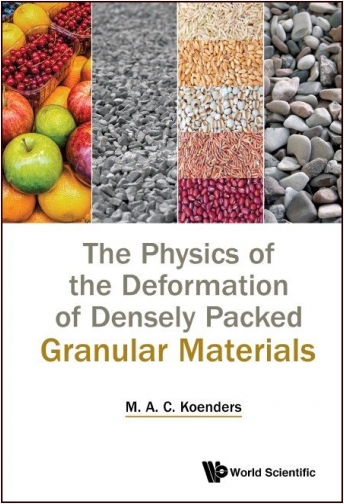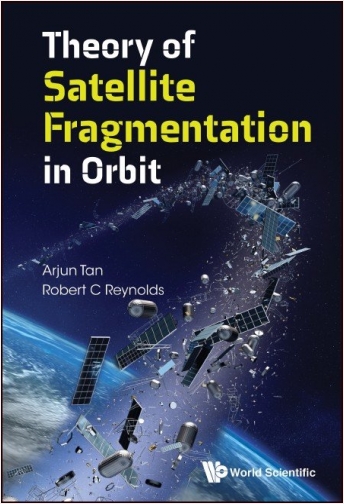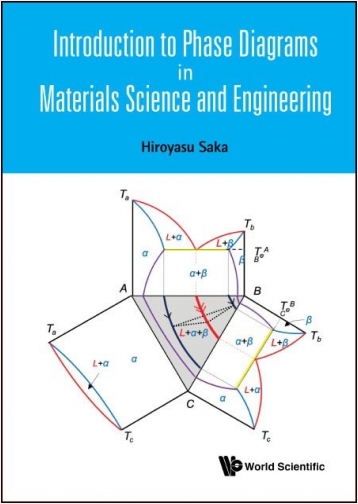Disponibilidad: En Stock
Notas: Envío inmediato
The Physics of the Deformation of Densely Packed Granular Materials
Editorial: World Scientific
- Item #: 1946
- Edición:
- Isbn : 9781786348234
- Año: 2020
- Páginas: 228
- Pasta : Dura
$1,872.00
This book is of interest for those that are concerned professionally with granular materials: civil engineers, geologists and geophysicists, chemical engineers, pharmacists, food technologists, agriculturalists, biologists and astronomers.
Granular materials play a role in nearly all human activities. For example, users of sand, from children in sandpits to sophisticated geotechnical engineers, know that it is a fascinating — and to some extent, unpredictable — material. In addition to sand, which itself may be of many compositions, there are various types of materials including gravel, fine-particle aggregates as employed in cosmetics, pharmaceuticals, dust, crushed rock and granules that occur in a domestic environment, such as breakfast cereals, sugar, salt and (instant or ground) coffee granules.
The aim of the book is to present a theory that explains the physics behind the phenomena during the deformation of densely packed granular media. The physics that describes such features is rather subtle and is developed from the micro to macro level (the latter is the continuum mechanics level that is used in practical applications). It requires the analysis of anisotropy and the heterogeneity of the packing evaluated against the background of a frictional inter-particle interaction.
#biblioinforma #Grupobiblioinforma
























































